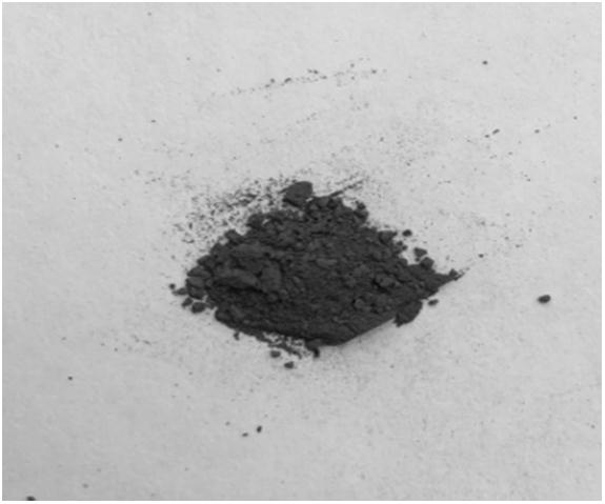Preparation method of bayberry-shaped cobalt-nickel-boron composite carbon material proton membrane fuel cell catalyst
A fuel cell, cobalt nickel boron technology, applied in the field of catalysts, can solve the problems of high cost, single synthesis cost of precursors, toxicity, etc., and achieve the effects of simple equipment, excellent limiting current, and strong resistance to methanol poisoning
- Summary
- Abstract
- Description
- Claims
- Application Information
AI Technical Summary
Problems solved by technology
Method used
Image
Examples
Embodiment 1
[0066] This example shows a synthesis method of CoNi@TA / B catalyst, comprising the following steps:
[0067] (1) 436 mg Ni(NO 3 ) 2 ·6H 2 O, 436 mg Co(NO 3 ) 2 ·6H 2 O. Dissolve 300 mg of trimesic acid and 3 g of PVP in 60 mL of the mixed solution (distilled water: DMF: ethanol = 1:1:1 v / v / v) and stir thoroughly;
[0068] (2) Transfer the stirred solution to a 100 mL autoclave for hydrothermal reaction;
[0069] (3) The obtained product was washed several times with ethanol and dried to obtain CoNi MOF crystals;
[0070] (4) 400 mg CoNi MOF dispersed in 10 mL deionized water;
[0071] (5) Use the prepared KOH (6 M) solution to adjust the pH value of 12 mM, 6 mL TA solution to 7.5;
[0072] (6) Pour the adjusted TA solution into the CoNiMOF solution, and obtain solution A after ultrasonication for 30 minutes;
[0073] (7) Weigh 24 mg of 1,4-benzenediboronic acid and dissolve in 10 ml of deionized water;
[0074] (8) Pour the prepared TA solution (6 mL, 12 mM, pH=7.5) ...
Embodiment 2
[0095] This example shows a study on the electrochemical performance of a nanomaterial CoNi@TA / B as a catalyst.
[0096] The invention uses a platinum electrode as a counter electrode, a saturated silver chloride electrode (Ag / AgCl) as a reference electrode, and a Pt / C electrode as a working electrode.
PUM
 Login to View More
Login to View More Abstract
Description
Claims
Application Information
 Login to View More
Login to View More - R&D
- Intellectual Property
- Life Sciences
- Materials
- Tech Scout
- Unparalleled Data Quality
- Higher Quality Content
- 60% Fewer Hallucinations
Browse by: Latest US Patents, China's latest patents, Technical Efficacy Thesaurus, Application Domain, Technology Topic, Popular Technical Reports.
© 2025 PatSnap. All rights reserved.Legal|Privacy policy|Modern Slavery Act Transparency Statement|Sitemap|About US| Contact US: help@patsnap.com



